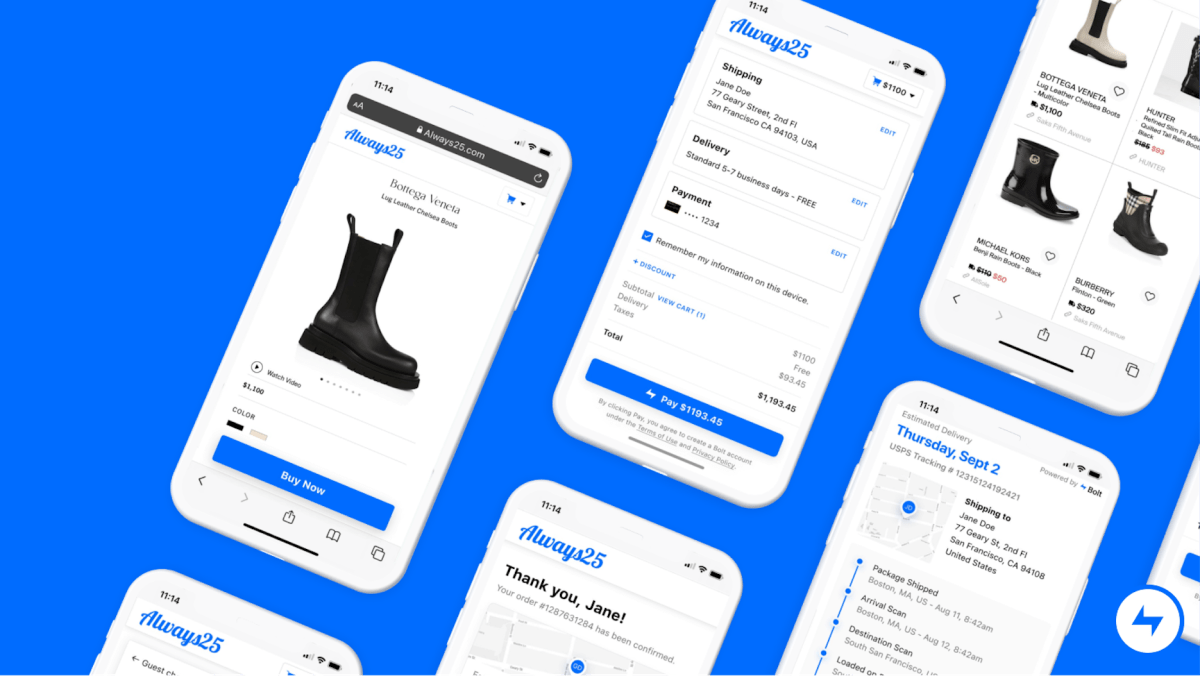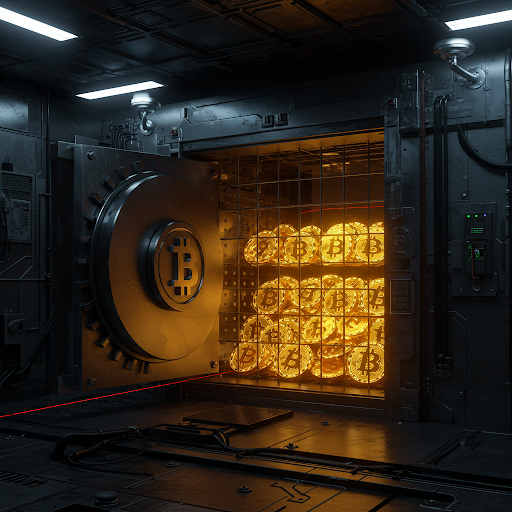Teddy Warner, 19, has always been interested in robotics. His family was in the industry, and he says he “grew up” working in a machinist shop while in high school. Now Warner is building a robotics company of his own, Intempus, that looks to make robots a bit more human.
Intempus is building tech to retrofit existing robots with human-like emotional expressions to help humans better interact with these machines and better predict their movements. Giving these robots human-like reactions will also produce data that can be used to better train AI models.
These robots will show expression through kinetic movements, Warner told TechCrunch.
“Humans derive a lot of our subconscious signals, not from face, not from semantics, but solely from the movement of your arms and your torso,” Warner said. “This extends to dogs and cats and other animals that aren’t humans.”

Warner said he got the idea for Intempus while he was working at AI research lab Midjourney. He said Midjourney, like many other AI research labs, was working on world AI models, or AI models that understand and make decisions based on the dynamics of the real world and spatial properties, as opposed to just cause and effect.
But it will be really hard for these models to achieve this spatial reasoning, Warner realized, because a lot of the data the models were being trained on came from robots that didn’t have this spatial reasoning, either.
“Robots currently go from A to C, that is observation to action, whereas humans, and all living things, have this intermediary B step that we call physiological state,” Warner said. “Robots don’t have physiological state. They don’t have fun, they don’t have stress. If we want robots to understand the world like a human can, and be able to communicate with humans in a way that is innate to us, that is less uncanny, more predictable, we have to give them this B step.”
Warner took that idea and started to research. He started with fMRI data, which measures brain activity by detecting changes in blood flow and oxygen, but it didn’t work. Then his friend suggested trying a polygraph (lie detector test), which works by capturing sweat data, and he started to find some success.
“I was shocked at how quickly I could go from capturing sweat data for myself and a few of my friends and then training this model that can essentially allow robots to have an emotional composition solely based on sweat data,” Warner said.
He’s since expanded from sweat data into other areas, like body temperature, heart rate, and photoplethysmography, which measures the blood volume changes in the microvascular level of the skin, among others.
Warner launched Intempus in September 2024 and spent the first four months exclusively on research. He’s spent the last few on a mix of building up these emotional capabilities for robots and engaging potential customers. He’s already signed seven enterprise robotics partners.
Intempus is also part of the current cohort of Peter Thiel’s Thiel Fellowship program, which gives young entrepreneurs $200,000 over two years to drop out of school and build their companies.
Warner said the next step for Intempus is to hire — he’s done everything until now as a team of one — and get some of the tech that’s already been built in front of humans to start testing. While Intempus is currently working on retrofitting existing robots and plans to focus on that, Warner said he’d never rule out Intempus building its own emotionally intelligent robots in the future.
“I have a bunch of robots, and they run a bunch of emotions, and I want to have someone come in and just understand that this robot is a joyful robot, and if I can innately convey some emotion, some intents that the robot holds, then I’ve done my job properly,” Warner said. “I think I can, you know, really prove that I’ve done this over the next four to six months.”















